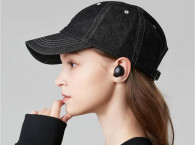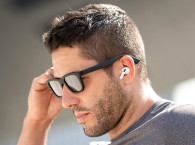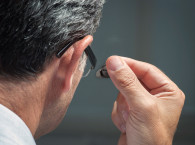"I mean, when you see this, it doesn't look like a hearing aid at all! It looks just like regular earbuds." (Olive Union, promo video testimony)
I really don't want to talk about hearing aids and the stigma associated with its use, but it's impossible to avoid it. In order not to expand too much on the topic, I recommend articles by our friend and frequent contributing author Andrew Bellavia, who writes and talks regularly about these topics. He wrote here about Ageism and Hearing Loss Stigma, which is precisely one of the most important problems that I see associated with the use of hearing aids and the serious health issue that it is.
The medical condition is the reason why I don't like to speak lightly about hearing aids, even when I discuss the potential benefits of over-the-counter strategies and consumer hearing enhancement solutions.
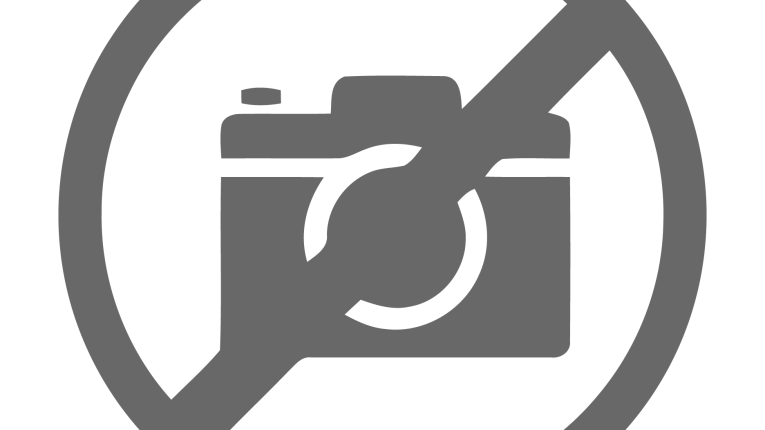
I truly believe that the audio industry in general has an important role to play in both prevention of avoidable hearing problems, and certainly in the early detection of hearing loss. But even more important, I believe there is a huge untapped opportunity for hearing compensation, hearing enhancement, and augmented audio as a consumer product.
The reasons for that have been identified by the companies in both the audiology and consumer technology spaces, as Andy Bellavia also wrote here.
More recently, while discussing Apple's AirPods Pro hearing aid announcement, Andy Bellavia alluded again to the potential of "reverse stigma," which is an interesting concept. And that would be how others react when a person wearing standard consumer earbuds (e.g., AirPods) keeps them on the ears, even while socializing and talking to others. Not knowing the person has hearing loss, could that be perceived as rude? Or even knowing but not understanding that consumer earbuds could offer relief to that problem, how would that be perceived?
This is what Wired talks about when they wrote "Apple’s Conversation Boost Works, but It Makes Things Awkward. While the feature makes spoken exchanges clearer, having to keep your AirPods in your ears during in-person chats can send the wrong social message."
I think "the reverse stigma" is a funny concept because, to start with, it validates that people wearing hearing aids could potentially "be a problem." That people could feel ashamed or afraid of being pointed out as "old," "handicapped," or whatever.
Where does this originate? Well, hearing-aid companies have a lot to respond to on that front and how little they have done to counter that.
But "the reverse stigma" would also imply that because others would potentially perceive a rude behavior, anyone that needs hearing assistance should clearly have a visible sign that informs others of that fact - or wear a device that clearly sends that message.
And that's precisely where the stigma starts - because that's effectively what standard hearing aids that look like hearing aids, potentially do.
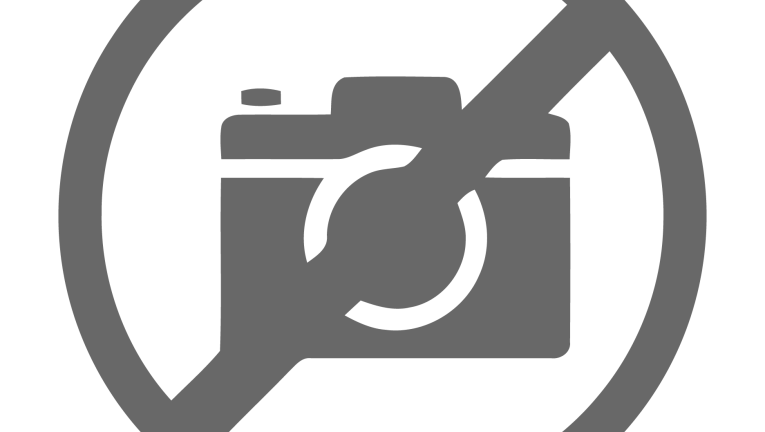
As others have quickly pointed out to Bellavia's mention of "the reverse stigma," the risks of the public having to adapt to that new reality would be a minor issue, considering the benefits that such an accessible and convenient solution would award to those who need it. And the fact that Apple clearly starts by offering a hearing test as part of the solution shows that the intent is to create awareness for the issues and likely to inspire those who discover they have mild hearing issues/loss to actually search professional help.
In my own article about Apple's recent hearing test announcement and Apple receiving an FDA OTC Certification for the first-ever "hearing aid software device," I wanted to underline that I don't see any pressing commercial reason for Apple (or any other consumer electronics company) to make such an effort.
Certainly not to "sell more" as I've seen some foolish commentaries mention. This is about investing in a much broader vision toward hearables (of which many others are likely to profit way more than Apple in the future...).
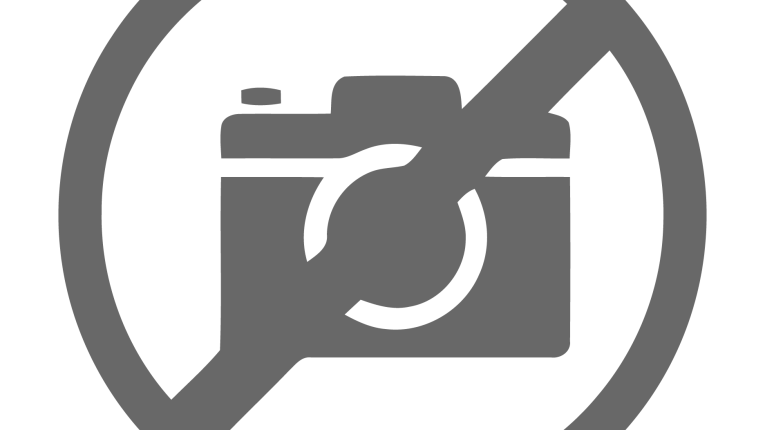
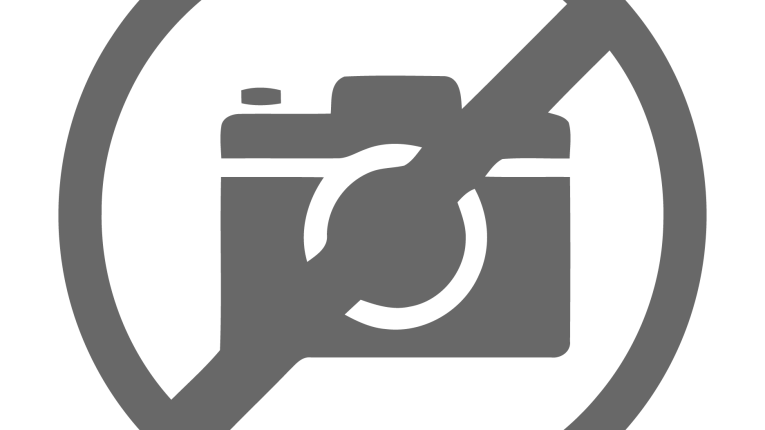
Serving a Purpose
There was supposed to be a testing ground for these concepts of what should be perceived as "socially acceptable" in the over-the-counter product segment. But until now, the examples are nothing to be inspired about.
As I previously wrote in my November 2021 article , many "consumer" audio manufacturers and the larger technology companies see the "OTC hearing aids" as an extension of their strategic market share and ecosystem goals. Most of those companies are not familiar with the complexities of global regulatory environments for medical and health products, and many have foolishly believed at some point that this would be like any other market "ready to be disrupted." Read my perspective on OTC strategies in my other article on Serving a Purpose: OTC Hearing Aids, Hearing Enhancement, and Brands.

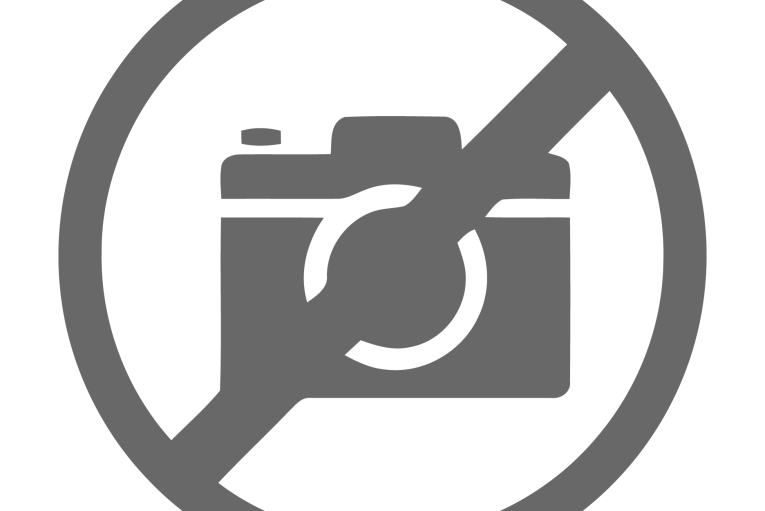
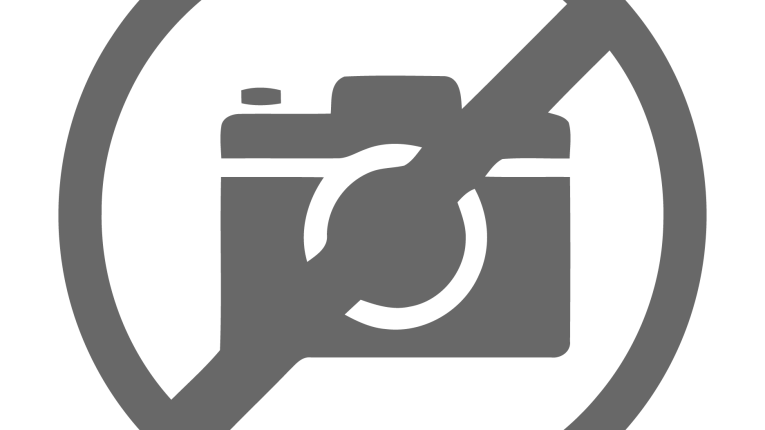
The reason for me to write about these topics - and unwillingly get back to hearing aids and OTC - is to reinforce the need to address a different angle: hearables.
Hearables are an evolution of headphones that are no longer connected by a headband (true wireless) and are now basically miniaturized devices that we couple to our ears to enhance and augment our own hearing abilities.
The consumer perspective is extremely important precisely because expanding the category of hearables as a purely consumer concept could bring many new use cases that have remained untapped.
For the past years, everyone at CES is talking about the importance of sensors in health monitoring, and in particular ear sensors. But so far, no clear business model has been created to make it happen. Even by companies supposedly having medical expertise and unique patented technologies, as the massive Masimo debacle demonstrated.
Likewise, the applications for augmented audio (and consequently augmented hearing) have been suggested, but we still don't have the technology required to achieve convincing results, although the potential is being revealed in the true wireless earbuds space. To make it happen, there are several things that are required, starting with the platform itself. That's what Apple has been doing in many fronts, but in particular with the AirPods.
Last week I wrote about the just launched AirPods 4 ANC, which thanks to Apple’s H2 chip (the same one that powers the current generation AirPods Pro) is now proof that Active Noise Cancellation, Transparency, and Adaptive Audio can be done effectively in an open design. Even the fact that the new AirPods 4 ANC deliver a convincing Spatial Audio (Dolby Atmos support) experience, including dynamic head tracking when listening to content from Apple Music, or watching movies or a series on Apple TV, is extremely surprising given the open nature of the loose-fit earbuds.
This development is an essential step, because until now those features have been implemented exclusively in in-ear designs, which the audiology industry long knows are not acceptable by a large percentage of the population in standard social environments.
As many reviewers are now also finding out, ANC and Transparency Mode allow using the new AirPods 4 ANC for surprising things such as making calls in noisy environments. That was one of my recent tests. It's surprising because I am aware of the environment that surrounds me, I can pay attention to other important things, while the other person on the call only receives my clean voice, and nothing else.
The price to pay for these great new features in the Apple AirPods 4 ANC? Battery life is around 4 hours with processing on, which is clearly not something that would be compatible with any hearing assistance usage. And adding even more powerful neural processors, as required by sophisticated AI applications, is only going to make the battery issue worse.
That makes it clear that, even in Apple's case, we have some way to go before AirPods will be used normally to compensate for hearing loss. Could I use AirPods conversation boost in a specific situation where I need to make sure I understand what's being said and I struggle because of bad acoustics or excessive noise? Absolutely yes and we can do that today.
Hearing aid companies cannot risk selling products with a battery that needs recharging after a few hours. But consumer electronics companies can do that now for non-critical use cases and build mainstream awareness from there.
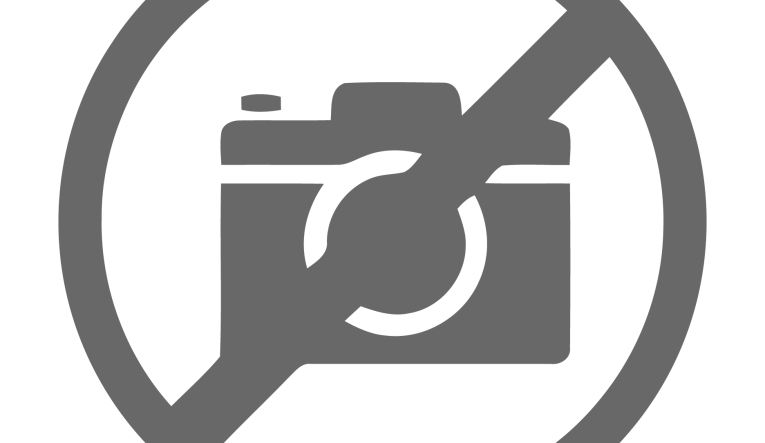

The Design Stigma
Ergonomics definition - A science concerned with designing and arranging things people use. The design characteristics of an object resulting especially from the application. Human engineering. (Merriam-Webster)
Languages and meaning, like perception, can be fascinating. That is why I like to mention "ergonomics," which is something normally associated with the design of chairs and work desks, and rarely with the design of consumer electronics. But that is why I believe "ergonomics" is the appropriate term here.
The hearing aid companies have for far too long been complacent with the design aspects of their devices - which look excessively as something that is supposed to be hidden, and as a result started to be perceived as something that SHOULD be hidden because it reveals a problem, a handicap.
This happened because companies in this space don't feel the need to change their "utilitarian" and industrially convenient approach. They know how to do different, but never felt the pressing need to do it.
Interestingly, the Phonak Communications division of Sonova designs and markets in-ear receivers for undercover communications and critical hearing protection devices. Phonak's Roger Earpiece is a staple for broadcast presenters who need to receive instructions while they are on the air, without the earpiece being visible on camera. The design effort that is required to make this effective is considerable, and Sonova pushed its miniaturized technology to the limit to create a robust solution.
Sonova, like GN Hearing, WS Audiology, Starkey, all have tried different form factors and they could do more, but their priorities are just different. And when they try venturing into the consumer space, normally they find it's not that easy. That's why GN Group recently made the surprising announcement to "gradually wind-down" its Jabra Elite and Talk product lines due to "the heavy investment levels required to innovate in a very competitive space," and the conviction that GN should focus on its more profitable Hearing division. Others, such as WS Audiology and Sonova, have partnered or acquired consumer businesses in order to get ahead in the space, but we have yet to see practical results.
The Sennheiser Conversation Clear (Sonova) and the Signia and Sony CRE-E10 self-fitting hearing aids are probably outstanding examples of a different approach to the ergonomics or hearables - but still lacking in terms of platform.
And more importantly, neither of those products generated a fraction of the attention that Apple grabbed with the AirPods, first with the accessibility features and now with the hearing aid announcement.
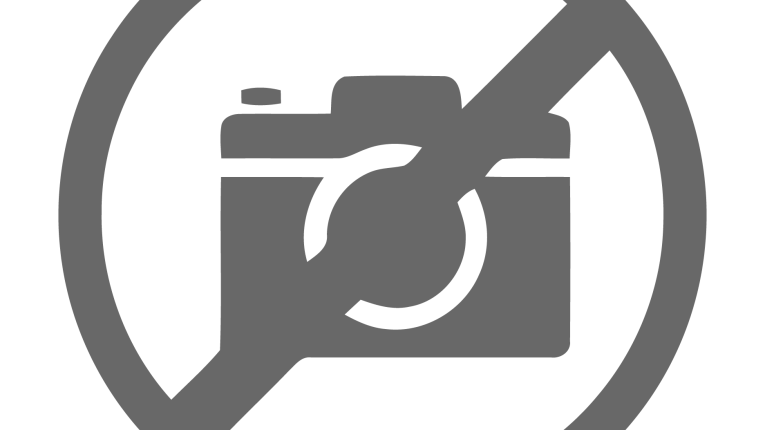

The possibility that people might feel insulted because I am wearing AirPods while talking to them - as though I was listening to Black Sabbath during our conversation - is just bizarre. It will always be cooler than wearing standard hearing aids. But let's be fair, there is a potential social stigma that can result from wearing anything that looks ridiculous or outrageous - at least until it becomes mainstream and socially accepted.
When I saw the original white AirPods true wireless earbuds, I reacted negatively to those "white cigarette butts sticking out of the ears." I felt repulsed by the things, and I was not afraid to say it (write it).
But Apple is Apple. A massive global company that covers the world. Apple managed to sell millions of AirPods, and suddenly the thing became synonymous with true wireless. Because Apple is consistent in its designs, the shape became a familiar view over the years. Today, it's just acceptable.
In fact, so accepted that all the Chinese factories started to bring out copies that sell for less than $20 and look exactly like the original AirPods. But for me the proof that the white things were completely socially accepted, was that "brands" and actual OEMs, started shipping apparently legit products with "versions" of the AirPods - looking similar enough, or "inspired by."
Of course, Apple put a lot of R&D resources into the category, and actually perfected the design - the white cigarette butts are now actually small stems that still look weird but are much more discrete. And the earbuds that people seem to assume are exactly the same since the first model - and that I actually showed last week it's not - are the result of serious scientific research in the diversity of human ears. And those studies are so exhaustive and rigorous that they are perceived as another of Apple's gift to the world, judging by the way all other manufacturers seem to just embrace it as though it's the only design option available to them.


As if we needed more examples of how companies just look at what Apple does as though it was some magic formula to conquer the market, I recently learned that our friends from Olive Union are back with their third product... and a design inspired by AirPods Pro. Olive Union was one of the first "smart hearing" companies that we have seen entering the US market with an FDA-Registered class II hearing aids product in 2020. We were so impressed with the Olive Pro claims that I asked Brent Butterworth to review it for audioXpress. (Read the review here)
After several setbacks that forced Olive Union to reorganize its operations and rethink its ambitious market goals, Olive Union tried a second product, the Olive Max, which clearly indicated that something was off with this company.
Years later, the well-intended founder of Olive Union, Owen Song is back with a third attempt (which they are crowdfunding for some reason). With the new Olive Air announcement (yes, with a design inspired by AirPods), Owen Song published a moving message on the company's website about his journey and the new design. (I translated it from the Chinese.)
"It all started with a desire to help someone in my family. It started with my aunt's hearing loss. However, even after purchasing hearing aids, the problem was not solved, which made me feel disappointed with the hearing aid market. Why is it so hard to get hearing aids? This question became the starting point for innovation.
"In the midst of hardships and challenges, we have created an innovative product for hearing (...) we have been expanding our global influence through successful entry into Japan and attracting investments, and now we are dreaming of greater value and dreams."
And he goes on to promote the new Olive Air, the first "FDA listed hearing aid to feature active noise cancellation." In the promotion, Olive Union added a supposed testimony of "beta users" saying:
- It's like having quality earbuds that also function as a hearing aid, and I love that.
- Wow.
- Despite its great performance, Olive Air is incredibly affordable. Look at the design. I mean, when you see this, it doesn't look like a hearing aid at all.
- Lastly, you can also adjust the sound settings yourself, so there's no need for expensive procedures like hearing tests.
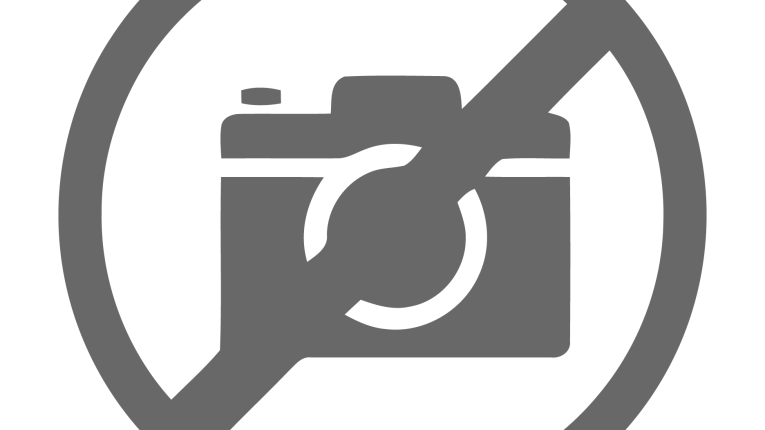
These new Olive Air earbuds might be still far from delivering on the promise of hearables, but those arguments should be on the walls of all hearing-aid companies. (The "Wow" point is where they should stop to think about design and coolness factor.)
Or should we just accept that anything that looks like AirPods will be synonymous of mainstream and socially acceptable? Of course not. Even Apple offers completely different product designs with the very same technology and platforms in its Beats brand. There is more than enough room for experimentation.
Hearables will be subjected to the same rules of the consumer technology world, and it will always be a volatile environment, where what is "fashionable" or cool is sometimes unexplainable to many (or most). That's what is challenging and also exciting about the consumer space. aX
This article was originally published in The Audio Voice newsletter, (#487), October 3, 2024.




